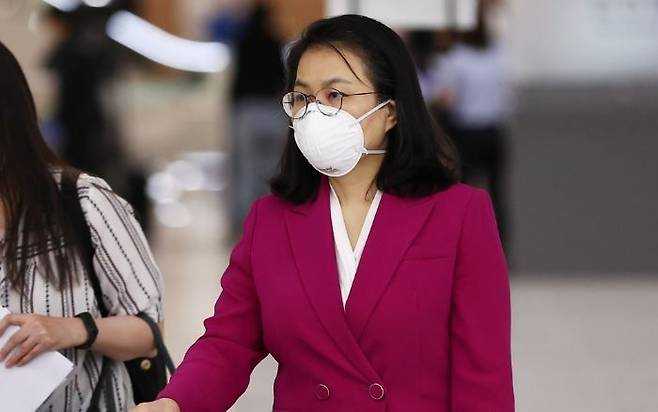[News Focus] Korea strives to branch out into South America
이 글자크기로 변경됩니다.
(예시) 가장 빠른 뉴스가 있고 다양한 정보, 쌍방향 소통이 숨쉬는 다음뉴스를 만나보세요. 다음뉴스는 국내외 주요이슈와 실시간 속보, 문화생활 및 다양한 분야의 뉴스를 입체적으로 전달하고 있습니다.

SEJONG -- South Korea has pushed forward signing free trade agreements with major economies around the globe over the past two decades.
After the nation’s first free trade agreement with Chile took effect in April 2004, 17 such deals -- with 56 partner countries engaging -- have been implemented. Among them were the pacts with the European Union (effective since July 2011) and the US (effective since March 2012).
Four agreements (which include 16 partner countries) with Korea are poised to take effect when ratification by their respective legislators is completed.
In addition, negotiations with seven trade blocs comprising 11 countries are also underway. Of them, attention is being focused on talks with a bloc of four South American countries, while talks for a deal with China and Japan as well as another with Russia.
The Trade Ministry of Korea, led by its Minister Yoo Myung-hee, is making all-out efforts to reach a deal with four South American countries – Argentina, Brazil, Paraguay and Uruguay -- which are members of the economic bloc dubbed Mercosur, which means southern common market in Spanish.
Korea and the Mercosur countries -- which agreed to start negotiations in May 2018 – have held five rounds of talks, the latest in February 2020. When the two parties started negotiations, both sides underscored that “a commercially meaningful agreement presents mutual benefits.”
Korea is seeking greater market access in all areas, including goods, services, investments, e-commerce, and removing technical barriers to trade.
Brazil and Argentina, in particular, are the world’s No. 5 and No. 8 by land size -- whose combined territories outstrip that of Canada, the world’s second-largest.
These two are the world’s ninth-largest and 26th-largest economies in terms of gross domestic product. Uruguay, 79th in GDP ranking, and Paraguay, 93th, are also drawing close attention as emerging trade partners.
The four South American countries have a combined population of about 270 million, as Brazil is the world’s sixth most populous with 213 million and Argentina, 32nd, has 46.7 million.
South Korea already has three free trade partners in South America -- Chile, Peru (effective since August 2011) and Colombia (effective July 2016). It also has been holding talks with Ecuador since January 2016.
Meanwhile, it has been nearly eight years since the three Asian countries started their negotiations for a Korea-China-Japan free trade agreement in March 2013.
The tripartite meetings are making slow progress amid contentious issues involving each country’s interests. Since the 16th and latest round of negotiations in November 2019, the 17th meeting has been postponed due to the novel coronavirus.
Despite the stalled progress, local economists have continued to highlight the great proportion of Northeast Asian economic powerhouses in the world. The three countries make up 21 percent of the world’s population, 20 percent of global GDP and 17 percent of the world’s collective trade volume.
A Korea-China-Japan agreement would create the world’s third-largest trade bloc, behind only the EU and NAFTA.
“Alongside the economic benefits, it would also have the effect of alliance in foreign affairs and national security,” said a research fellow at a brokerage firm.
Korea embarked on trade talks with Russia in June 2019. Russia, whose population is the world’s No. 9 with 145 million, has placed No. 11 in GDP. Korea’s GDP ranking is No. 12.
Under a deal, main trade items between the two would include fisheries and agricultural products, information technology, automobiles and cultural contents.
As of January 2021, among other free trade agreement negotiation partners are Cambodia, Malaysia and the Philippines.
By Kim Yon-se (kys@heraldcorp.com)
<ⓒKoreaHerald(www.koreaherald.com)무단전재 및 재배포 금지>
Copyright © 코리아헤럴드. 무단전재 및 재배포 금지.